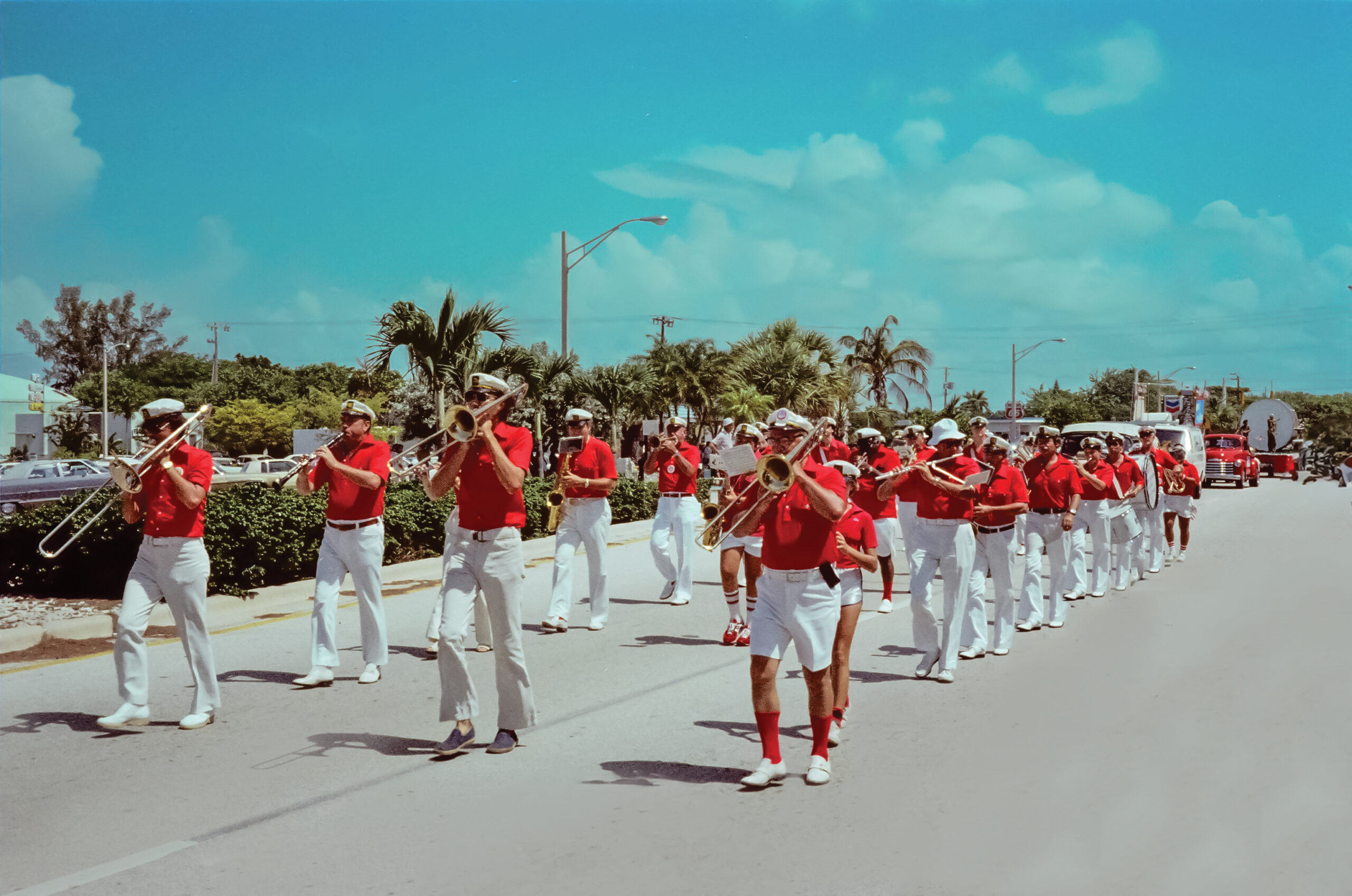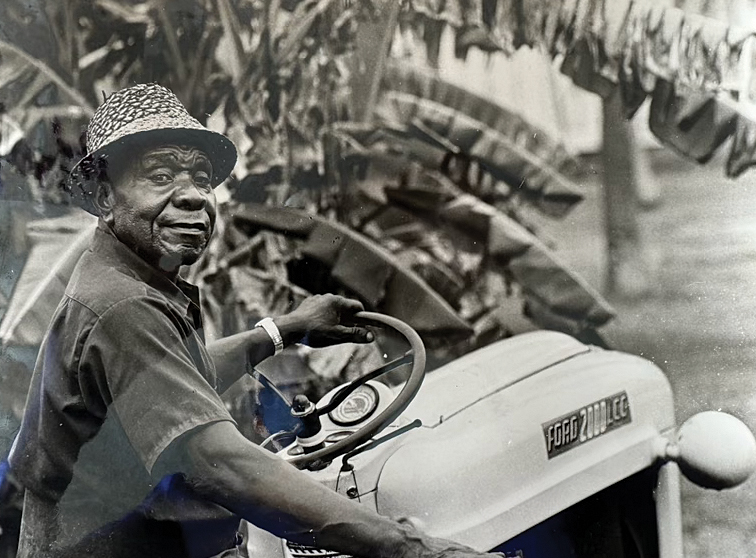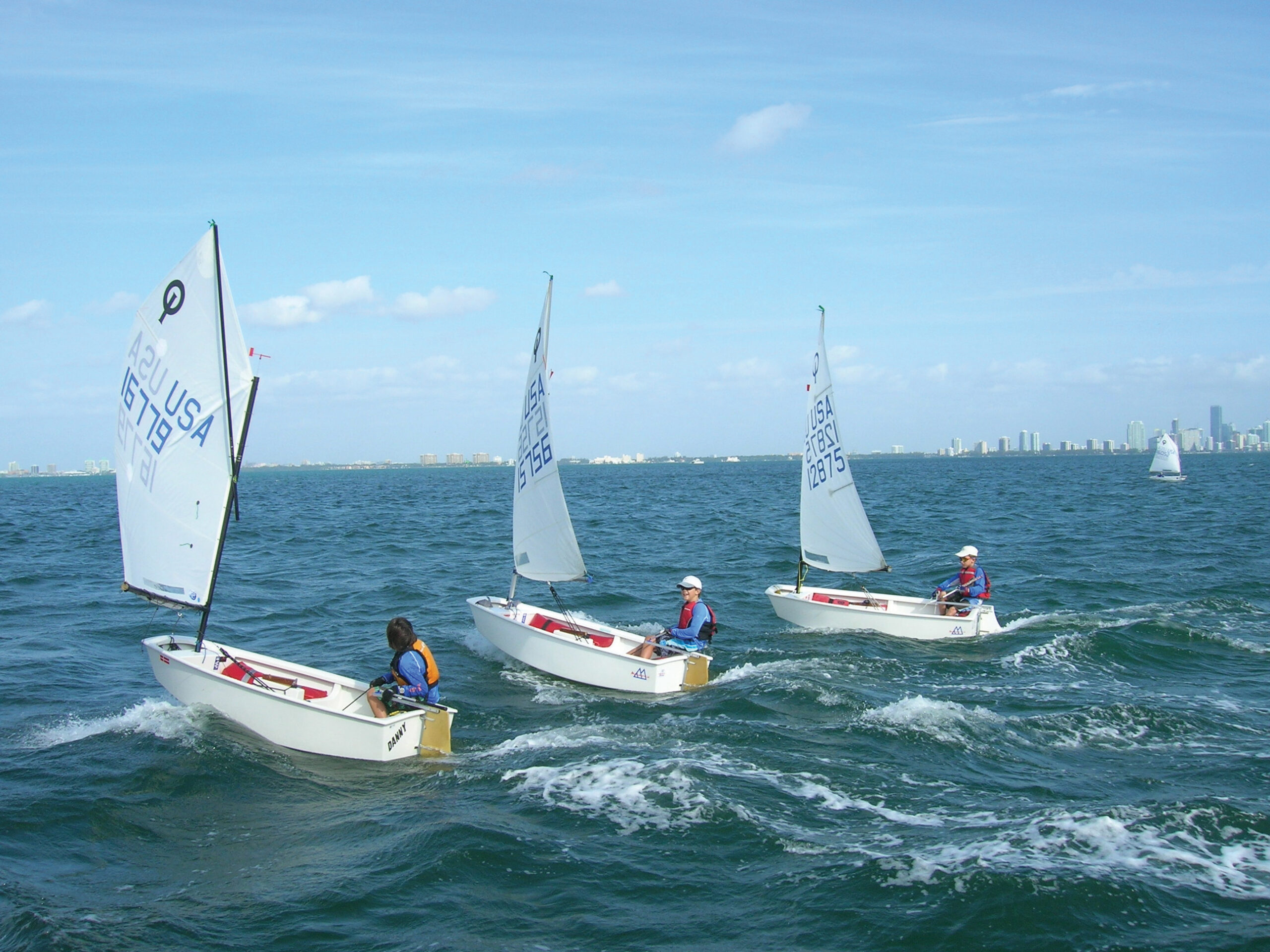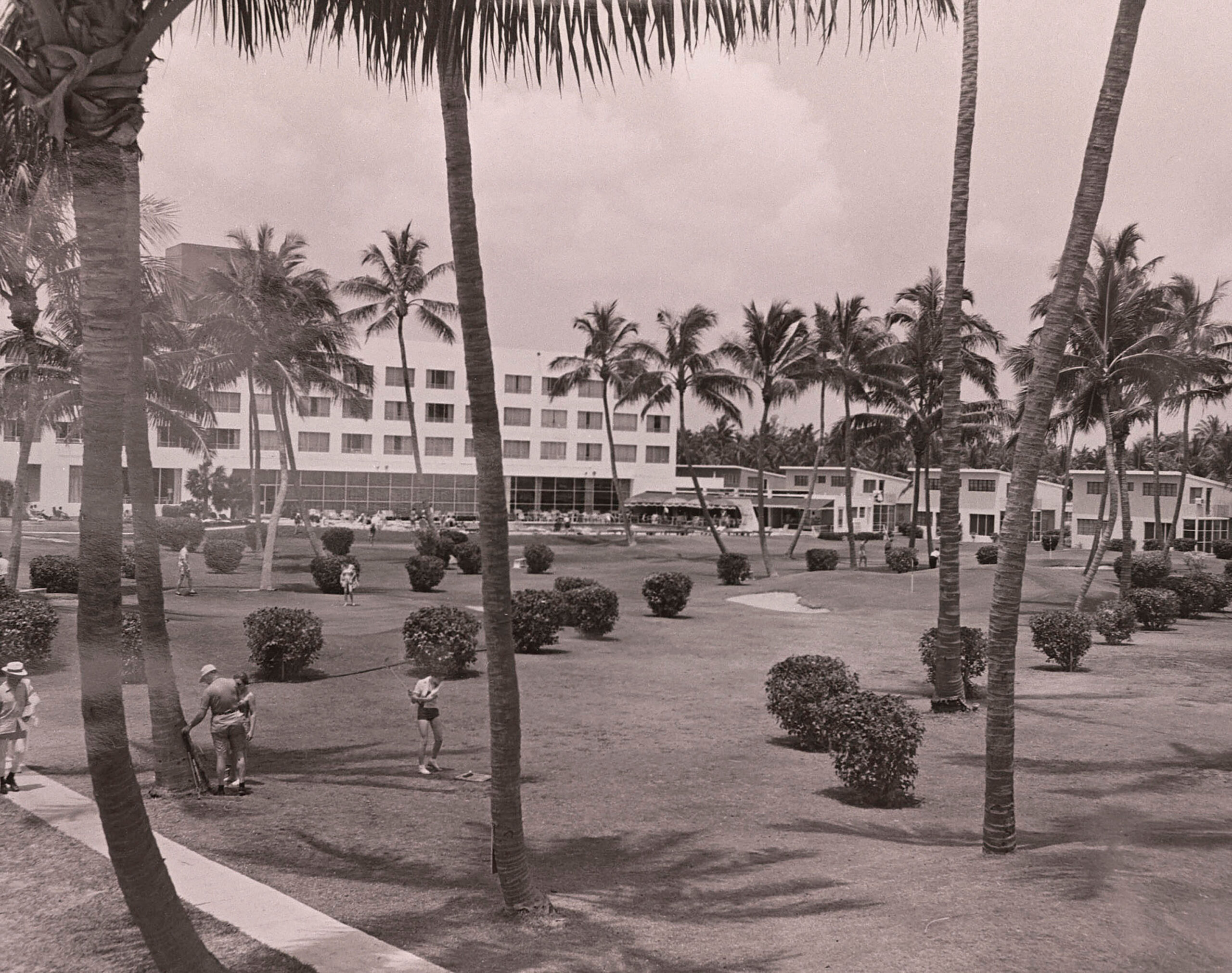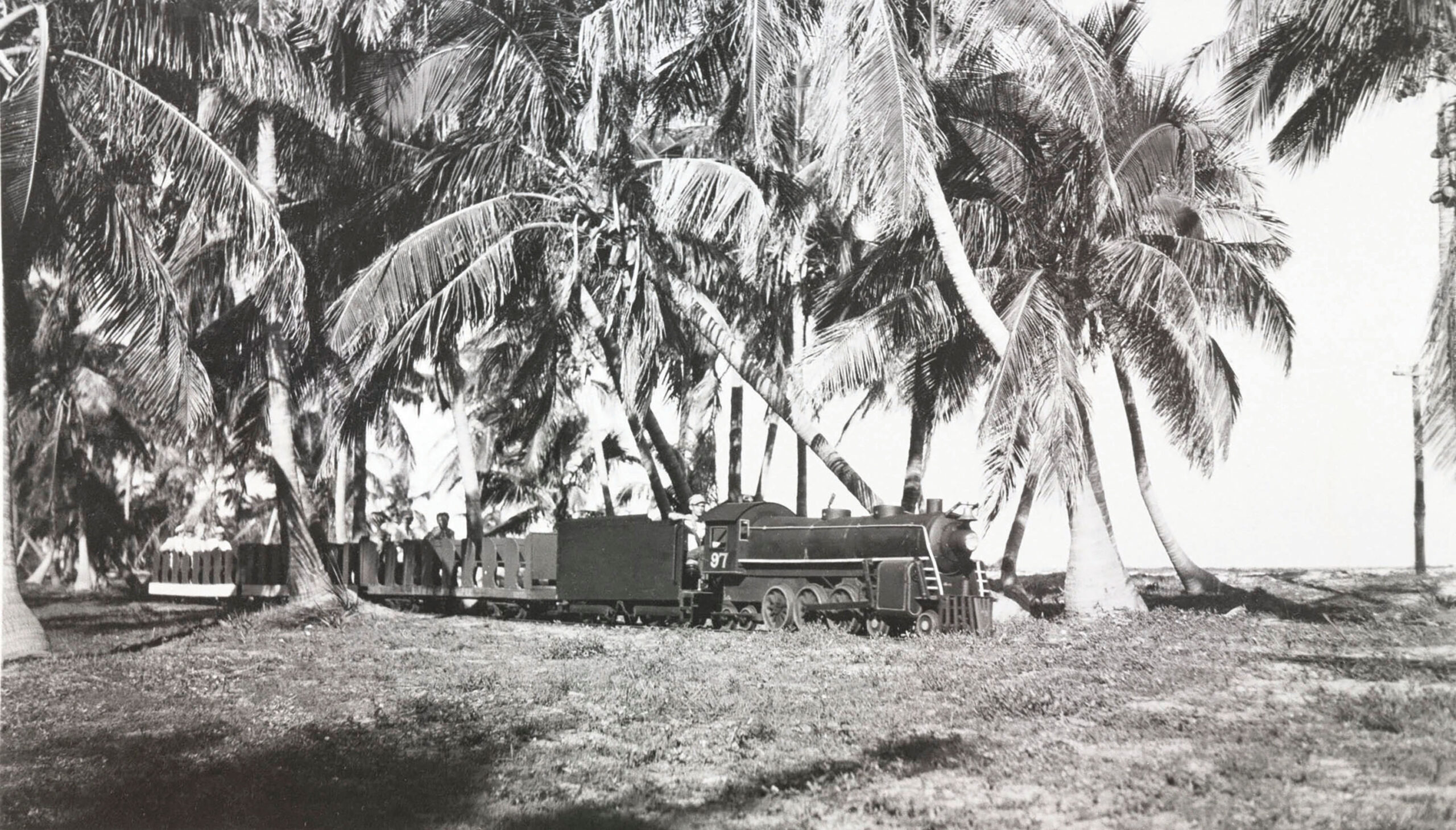Every now and then, in the midst of our contemporary preoccupations, we’re inclined to muse about the good old days. When reminiscing with friends, celebrating traditions, visiting old haunts, or perhaps when stuck in traffic with unwelcome time to reflect, our thoughts turn to earlier times, sometimes invoking that sepia-toned sense that things were simpler and better in the bygone age. At this moment in time, as so many newcomers are making full-time homes here, just as old-timers are dwindling in numbers, with new construction proliferating and sugar-cube house variations changing the streetscapes, with daily traffic delays causing snarls both in mobility and mood, as major public works projects engender a sort of shock and awe, it seems a good time to look back on Key Biscayne as it was, in different days.
Fortunately, there are resources to draw on. Long-timers now in their late 60s and beyond have memorialized vivid recollections which, unsurprisingly, repeatedly feature friends and neighbors whose own recollections are much the same. We see this over and over in the Lions Club Family Stories collection and in the video interviews maintained with Historical and Heritage Society. Different pioneer families recall the same or very similar good old day Island life experiences, shared with and enhanced by their friends who treasure much the same memories from the 1950s, 60s and 70s.
This commonality of experience is not merely an interesting historical perspective, but also a telling insight about today and tomorrow. Because in glancing back in time, we find timeless characteristics that still persist today; lasting qualities that continue to animate the wonderful experience of living here. Yes, our Island Paradise has changed enormously, but not so much in some important ways. Conditions that drew families here in the ‘50s still feature in that special, casual, unique Key Biscayne vibe that we treasure today.


